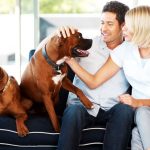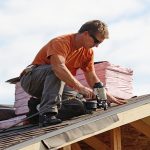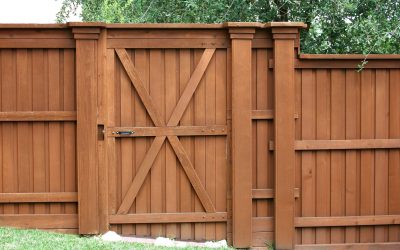A major benefit of a fence from R & M Fence Newburgh Heights is being able to let the dog out without a leash or constant supervision. However, not all fences are appropriate for all canine friends, and some designs can make it easy for a dog to escape. Make the fence and the yard dog-safe by checking for several common security risks.
Footholds
Some open fences, particularly those made of chain link, can have parts that serve as footholds for a curious and athletic dog. If a homeowner wants an open fence rather than the solid variety, they should ensure the design is secure from a dog’s point of view. For the highest level of protection, the pros at R & M Fence Newburgh Heights recommend vinyl or solid wood fencing.
Items Near the Fence
Putting items near the fence can cause damage due to root damage, pest infestation, and mold, and they can serve as a launchpad for a pet. Boxes, gas meters, and trash cans can act like a step stool, potentially leading to the dog’s escape. Large trees and shrubs can provide an attractive climbing option, but putting these items well away from the fence can protect the yard and the family dog.
Gaps Under the Fence
Space under the fence can appear when soil is moved, and wide slats can pose similar problems. A bit of light or an interesting smell can be all a dog needs to turn a small hole into a big issue. Hardscaping can fill these holes and keep the dog safe, and contoured fencing can follow the terrain and eliminate gaps.
Missing Boards
Damaged fences can be risky for multiple reasons. Missing and damaged pieces can give a dog ways to get through the fence and out of the yard. If the fence is badly damaged, it should be inspected and repaired by a company like R & M Fence Newburgh Heights. With professional help, dog owners can keep their fences and their pets safe.








